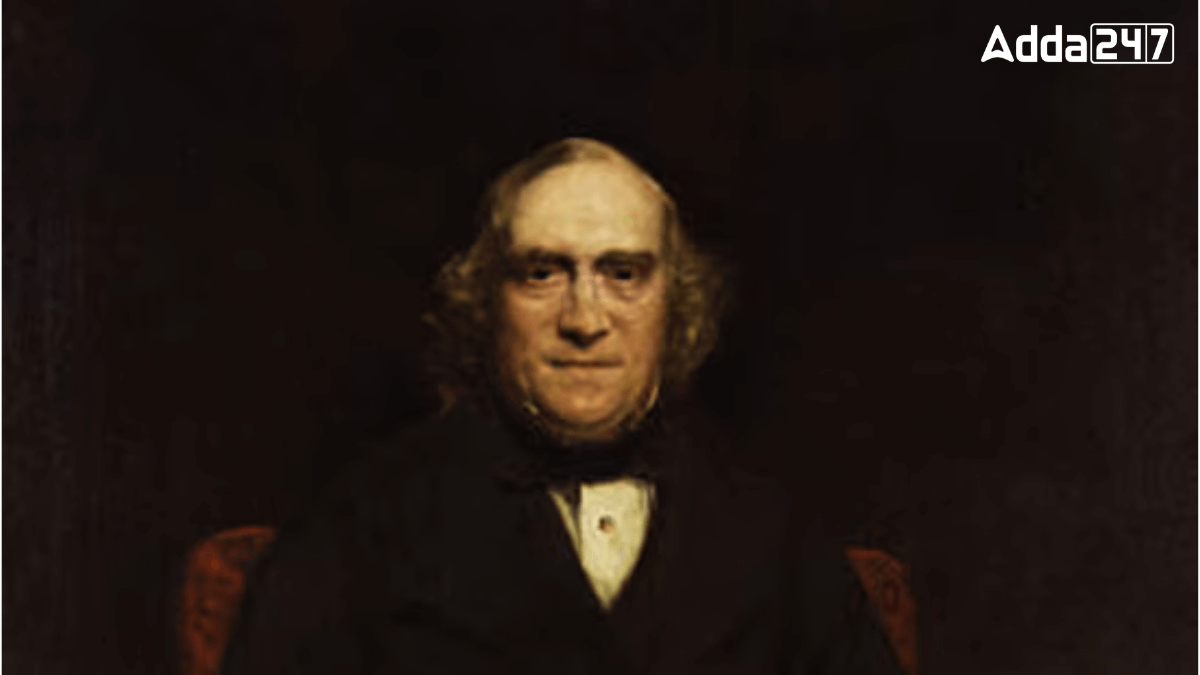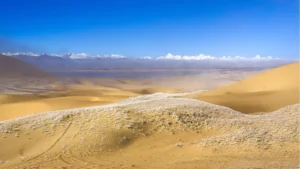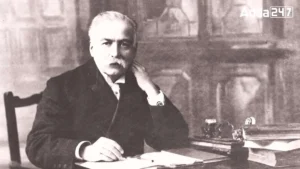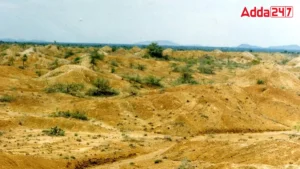The Union Budget of India is an annual event that holds great significance in the country’s economic planning. It is when the government outlines its financial plans, including how it will spend and raise money. The budget impacts various sectors like education, healthcare, defense and infrastructure, affecting everyone. The first Union Budget of India set the stage for the country’s financial journey after gaining independence.
What is Union Budget?
The Union Budget of India, also called the Annual Financial Statement, is presented by the Ministry of Finance. It outlines the government’s planned spending, expected revenue and economic goals for the upcoming financial year. The budget is presented on February 1st each year to ensure it is in place before the new financial year starts in April. Before 2016, it was presented on the last working day of February. The Department of Economic Affairs handles the preparation of the budget.
The First Budget under British Rule
The very first Union Budget of India was presented on April 7, 1860, by James Wilson, who was the Finance Member of the Indian Council at the time, India was under British colonial rule when this budget was introduced.
Why was the Budget Needed?
The British administration faced several challenges after the Revolt of 1857 (also called the Sepoy Mutiny). To address these issues, James Wilson was sent to India by Queen Victoria to help fix the country’s financial system. His goal was to set up a tax system and introduce a new paper currency.
Major Changes Introduced by James Wilson
James Wilson made several important changes to the financial structure:
- Income Tax: He introduced income tax for the first time in India. This move remains one of the main sources of revenue for the Indian government.
- License Tax: He also introduced a more structured and organized license tax.
- Income Tax Threshold: Wilson made sure that individuals earning less than Rs.200 annually were not taxed.
He also introduced an appropriation audit, which was based on the English model. This system helped keep track of monthly government expenses.
First Union Budget in India After Independence
After India gained independence in 1947, the first Union Budget of independent India was presented on November 26, 1947, by RK Shanmukhan Chetty, who was the first Finance Minister of the country. The budget focused on:
- Stabilizing the Economy: Efforts were made to strengthen the Indian economy after years of colonial rule.
- Rebuilding the Country: There was a focus on laying the foundation for future economic growth.
Union Budget in Later Year
After 1947, many finance ministers continued to present the budget, including:
- P Chidambaram
- Yashwant Sinha
- Jaswant Singh
- Arun Jaitley
Since 2019, Nirmala Sitharaman has been presenting the Union Budget, becoming the first woman to do so in the history of India.



 Which is the Highest Desert in the World...
Which is the Highest Desert in the World...
 Who was Known as the Father of Modern Cu...
Who was Known as the Father of Modern Cu...
 Which Indian State has the Largest Waste...
Which Indian State has the Largest Waste...







